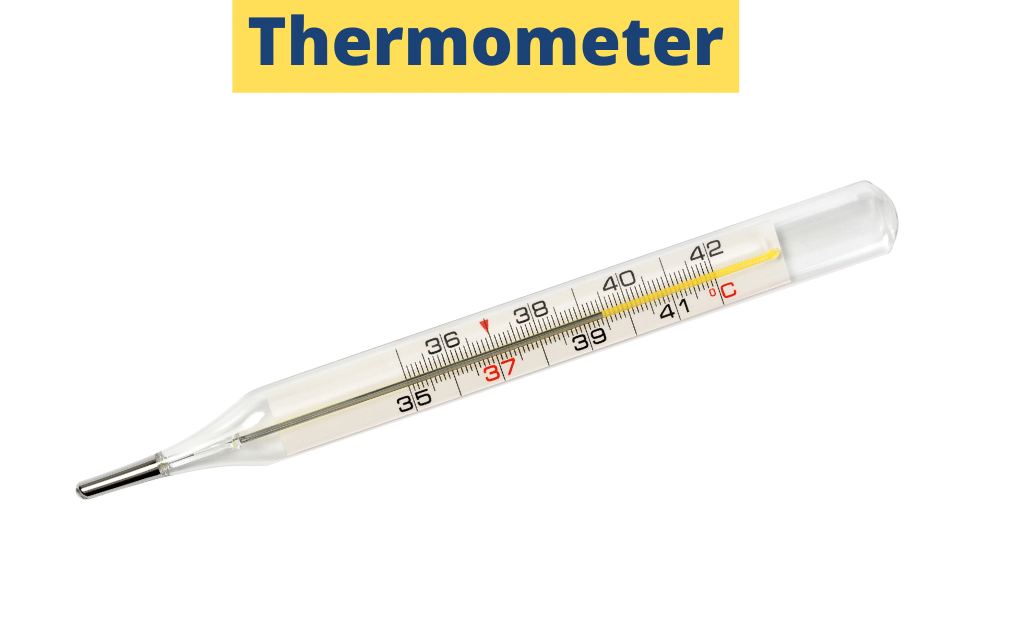Written By Adeel Abbas
Thermometer Definition
Table of Contents
A thermometer is a device used for measuring temperature. It typically consists of a temperature sensor, which could be a liquid or gas, and a scale for displaying the temperature reading.

Principle of Thermometer
Thermometers work based on the principle that certain materials expand or contract with temperature changes. As the temperature increases, the material in the thermometer expands, and as the temperature decreases, it contracts. This expansion and contraction is then translated into a temperature reading on the thermometer’s scale.
Working of Thermometer
The working of a thermometer depends on the type of thermometer. In general, when the temperature changes, the material in the thermometer expands or contracts, causing the reading to change. The most common type of thermometer is a liquid-in-glass thermometer, where a liquid, such as mercury or alcohol, is placed in a glass bulb and as the temperature changes, the liquid expands or contracts, causing it to move up or down a calibrated scale.
Types of Thermometer
There are various types of thermometers available, some of which include:
- Digital Thermometer: A thermometer that uses an electronic sensor to measure temperature and displays the reading on a digital screen.
- Infrared Thermometer: A thermometer that measures temperature without making contact with the object being measured, using infrared radiation.
- Meat Thermometer: A thermometer used for measuring the internal temperature of cooked meat to ensure that it is safe to eat.
- Mercury Thermometer: A traditional type of thermometer that uses mercury to measure temperature. Due to the health and environmental hazards associated with mercury, these are being phased out.
- Galileo Thermometer: A decorative thermometer that consists of a glass tube containing a liquid and several glass spheres of different densities. As the temperature changes, the spheres rise or fall, indicating the temperature.
- Forehead Thermometer: A non-contact thermometer that measures the temperature of the forehead using infrared technology.
Thermometer Uses in Chemistry Lab
In the chemistry lab, thermometers are used to measure the temperature of a sample or a reaction. This is important because many chemical reactions are temperature-sensitive and require precise temperature control to achieve the desired outcome. Thermometers are also used to calibrate other temperature measuring instruments, such as ovens and incubators.